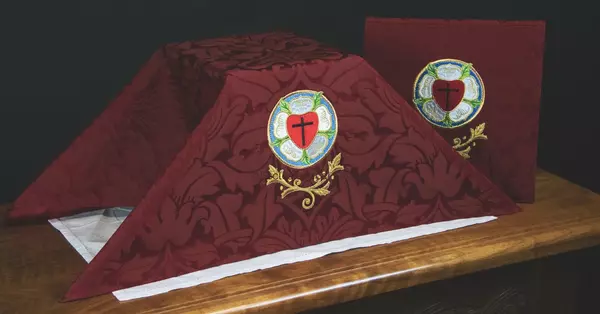
Discover our exquisite Chalice Veils, carefully made by skilled seamstresses in the USA. We use the best European fabrics for beautiful, high-quality designs. Our unique embroidery adds a special touch, showing our love for tradition. As a family business, we create vestments that respect our craft and your faith. Choose us for elegant, well-made pieces that honor the sacred.
Like this:
Like Loading...
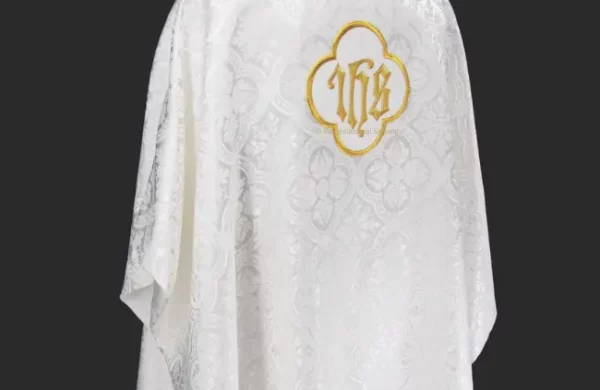
The IHS Christogram, derived from the Greek name of Jesus, symbolizes faith and devotion. Its use dates back to early Christianity but gained prominence in the Middle Ages. Popularized by Saint Bernardine of Siena, it became an emblem of the Jesuits, signifying their mission to spread the light of Christ.
Like this:
Like Loading...
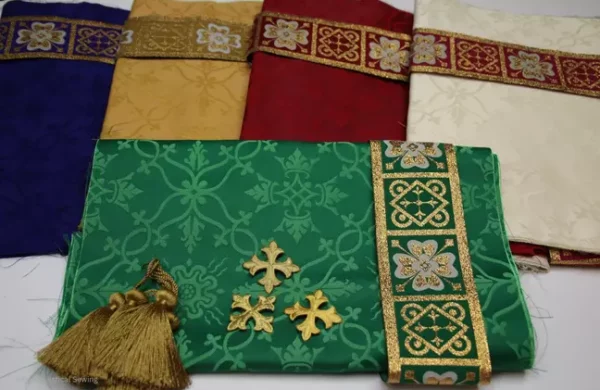
Explore brocade—a luxurious fabric with intricate designs and a radiant surface. Originating in ancient China, it symbolizes wealth and prestige. Despite its high price, brocade is loved for formal wear, fashion, and decor, blending luxury with tradition.
Like this:
Like Loading...
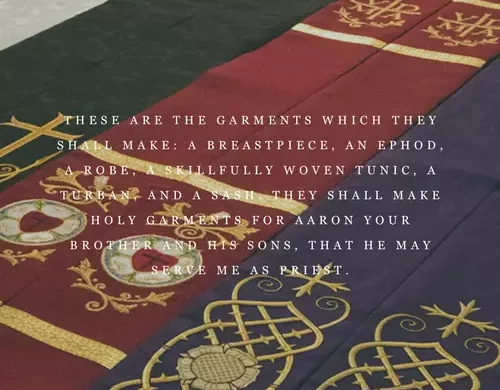
Discover Ecclesiastical Sewing’s commitment to preserving traditional liturgical garments. We offer tailor-made vestments, DIY supplies, and user-friendly patterns. Join us in reviving classical liturgical attire and safeguarding this timeless craft for future generations!
Like this:
Like Loading...
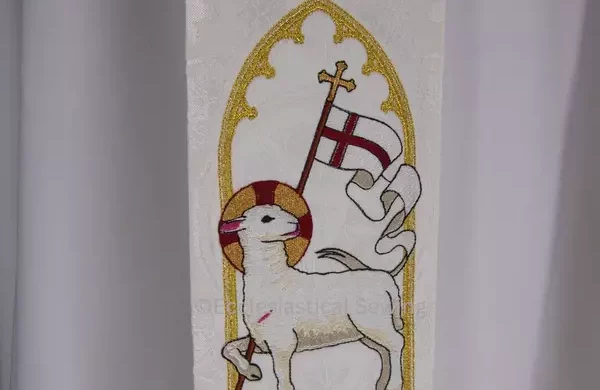
The Agnus Dei, translating to “Lamb of God,” represents Jesus Christ’s sacrificial offering for humanity’s sins, embodying innocence and purity. Rooted in scripture, this symbol reflects Christ’s triumph over death and sin, inspiring believers to live by principles of love and forgiveness.
Like this:
Like Loading...
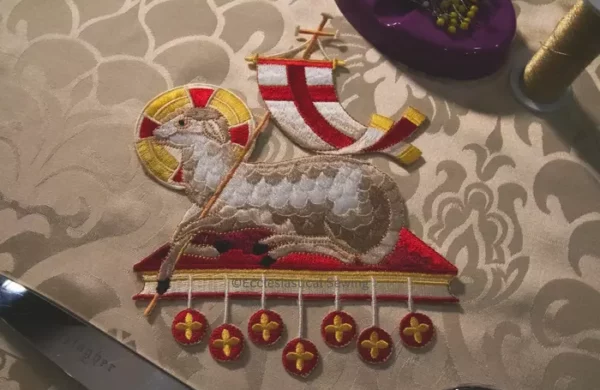
The banner of victory symbolizes Christ’s triumph over sin, featuring a Latin cross on a white banner with a red cross. Combined with the Agnus Dei, representing His sacrifice, it deepens religious significance. This fusion embodies Christ’s dual role as sacrificial lamb and victorious king, inspiring believers with themes of courage and hope against adversity.
Like this:
Like Loading...

The use of “Ox Blood” during Holy Week symbolizes Christ’s Passion, while a unique set, featuring a mother pelican motif, embodies sacrificial love and redemption. This collection blends tradition with personal significance, celebrating enduring faith themes.
Like this:
Like Loading...
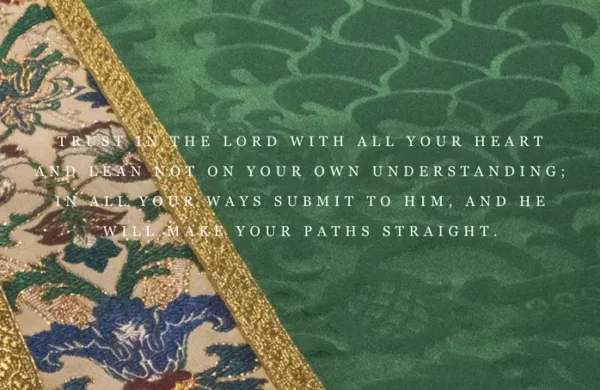
Lent makes us think, and we look forward to the renewal and growth of Ordinary Time. Following Christ’s teachings every day, this lively season encourages us to deepen our spirituality and nurture our community. Reserve your custom clothes early to get ready for Ordinary Time.
Like this:
Like Loading...
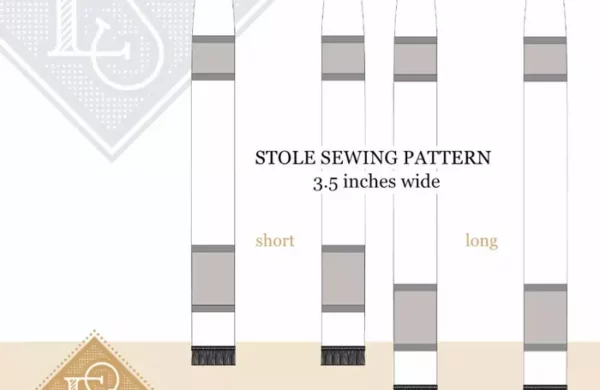
Discover easy-to-use sewing patterns for pastor and priest stoles at Ecclesiastical Sewing. From classic designs like the 3 1/2-inch stole to versatile options like the Transitional Deacon to Priest stole, our patterns come with clear instructions. Create unique and meaningful church vestments with our user-friendly designs.
Like this:
Like Loading...

The word pall comes from the Latin pallium meaning cloak. Thus a cloak or covering – a pall – is placed over the casket, or in ancient times, the body, of the deceased when a casket was not affordable. The use of funeral palls has a long-standing tradition dating back to at least the Middle Ages. During this time, the cloth was often rich or brightly colored, and palls were often richly embroidered. In America and Canada, the palls used today are often white. Palls may be decorated with embroidery or contrasting fabrics.
Like this:
Like Loading...
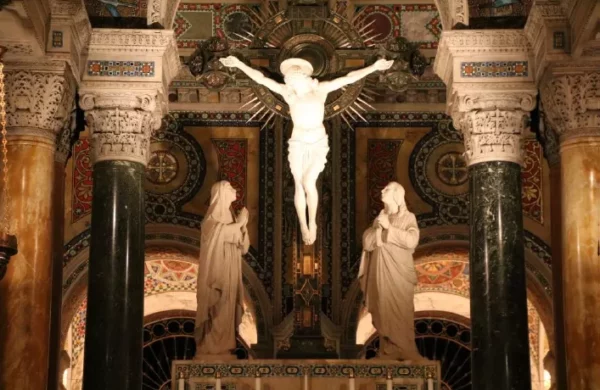
The Latin cross (also known as the Cross of the Passion) is the most commonly used. It is believed that this is the style of the cross in which Jesus was crucified. In older times, it was used indiscriminately with the Greek cross (more on that later!) but when the Eastern and Western churches split the Western Orthodox primarily used the Latin cross and the Eastern Orthodox used the Greek cross.
Like this:
Like Loading...
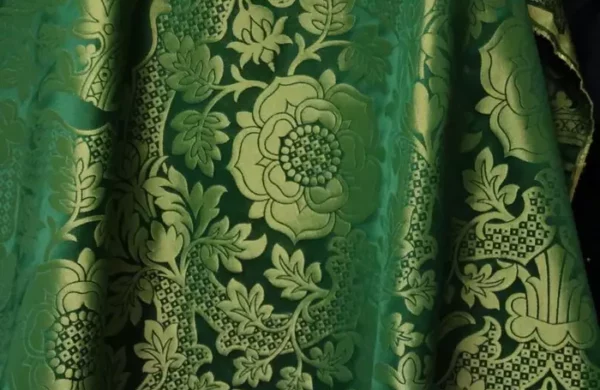
Green, with its lush and lively appearance, is often associated with growth, renewal, and the vitality of nature. During the Pentecost season, the Church reflects upon the birth and growth of the early Christian community, empowered by the Holy Spirit. Green serves as a powerful symbol of the spiritual growth that occurs within individuals and the Church as a whole. The color green serves as a visual reminder of the hope, inspiration, and guidance that the Holy Spirit provides, fueling the growth of faith and the spreading of God’s love throughout the world.
Like this:
Like Loading...
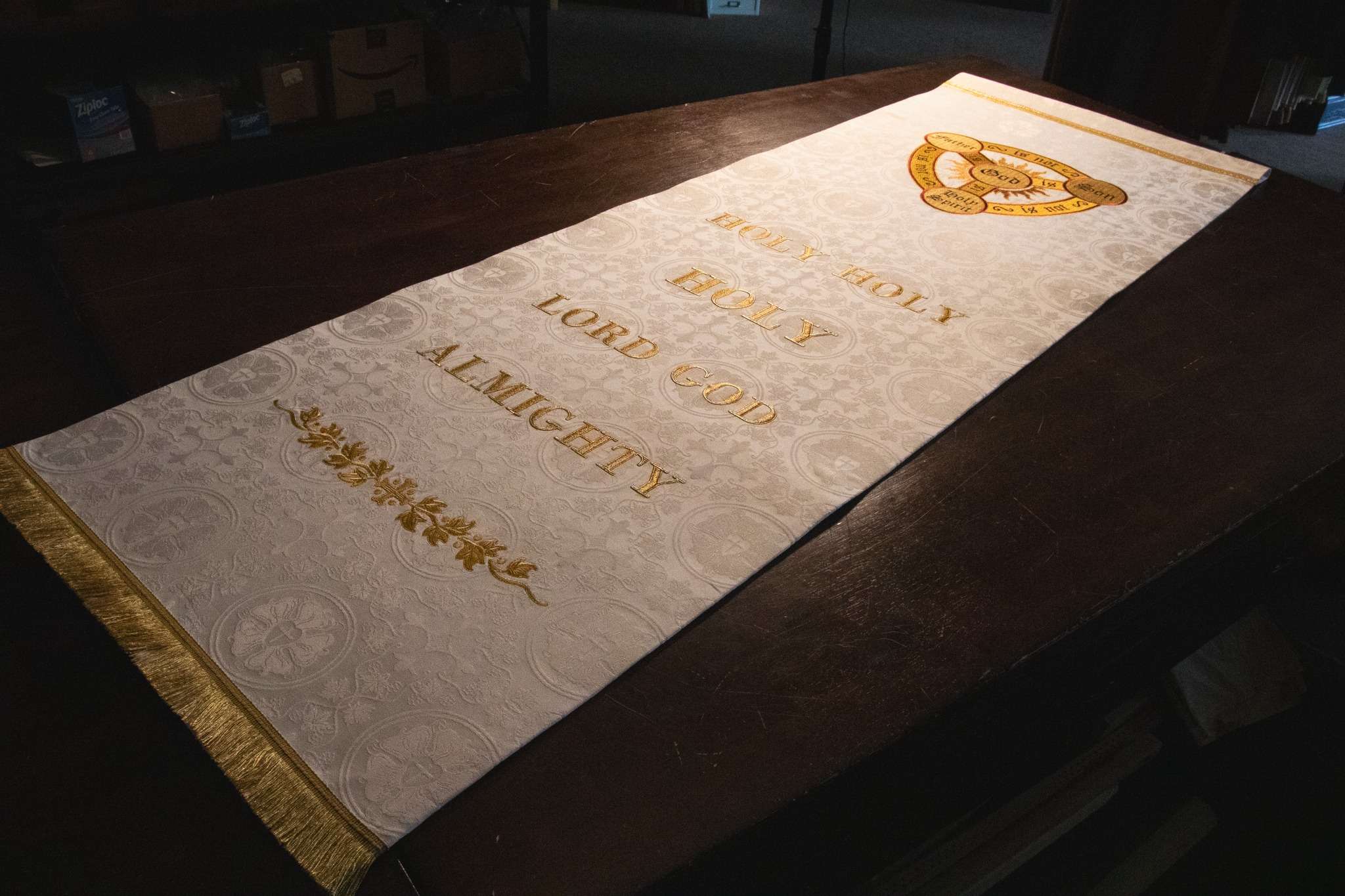
Trinity Sunday is a Christian feast day celebrated on the Sunday after Pentecost. It is a day dedicated to the Holy Trinity – the Father, Son, and Holy Spirit. The doctrine of the Trinity is one of the foundational beliefs of the Christian faith, and Trinity Sunday serves as a reminder of the essential nature of this belief. Trinity Sunday is a day that holds great significance for Christians around the world.
Like this:
Like Loading...
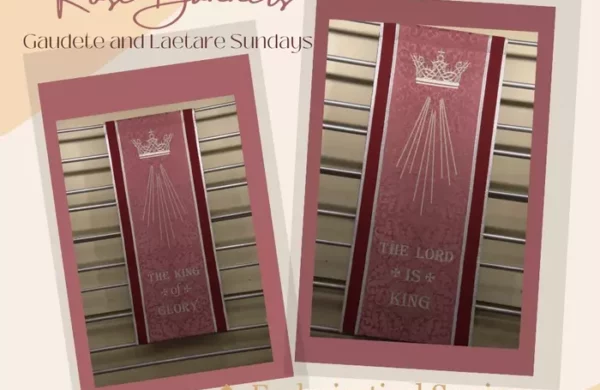
Church Banners with their vivid colors and intricate designs, have adorned houses of worship for centuries. In the early Christian era, when worship was often conducted in secret due to persecution, banners provided a means of discreetly identifying meeting places. The history of church banners is a testament to the enduring power of visual art and religious symbolism.
Like this:
Like Loading...
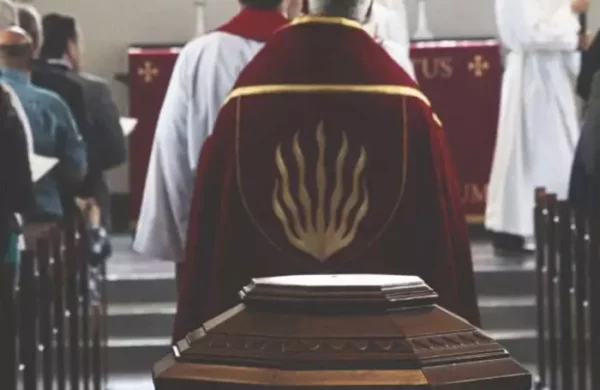
The word “Pentecost” comes from the Greek term “pent?kost?” which means “fiftieth.” Pentecost finds its roots in the Jewish holiday of Shavuot, which takes place 50 days after Passover and celebrates the giving of the Torah to Moses on Mount Sinai. Pentecost is a significant Christian holiday commemorating the Holy Spirit’s descent upon the apostles of Jesus Christ, marking the birth of the Christian Church.
Like this:
Like Loading...
















You must be logged in to post a comment.